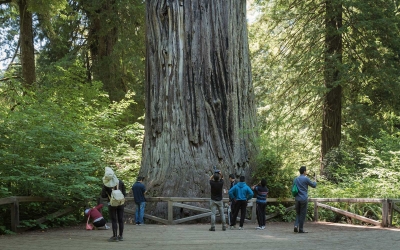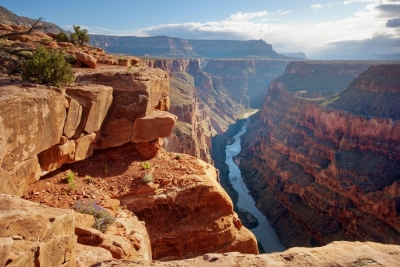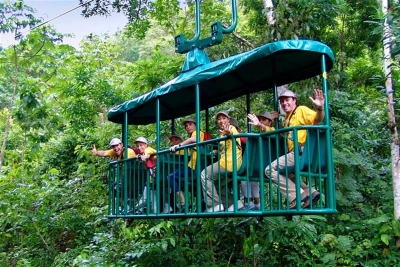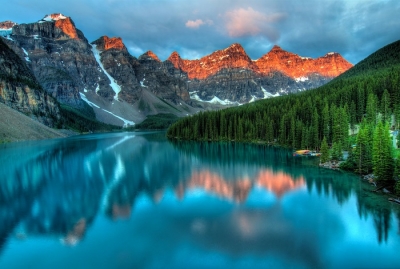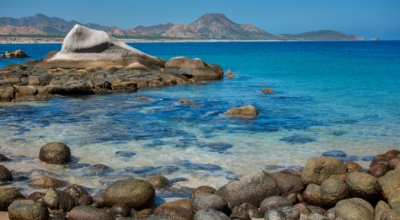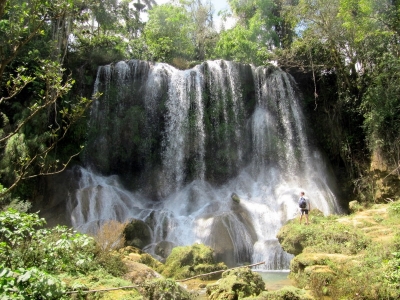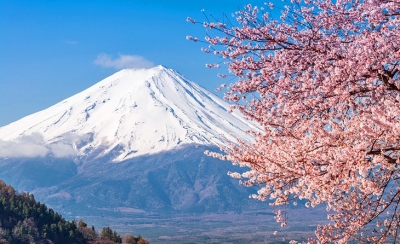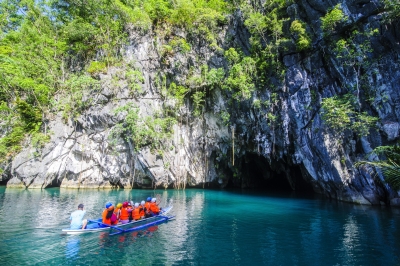Which national park is known as the first national park in the world?
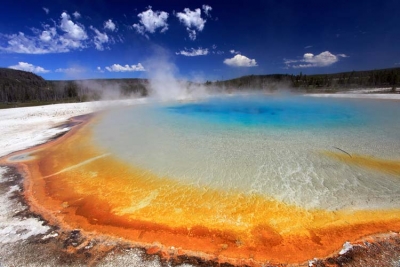
Yellowstone National Park is widely regarded as the first national park in the world. Yellowstone is unique in many ways. It is the largest remaining nearly intact ecosystem in the Earth’s northern temperate zone.
The Park has a range of ecosystems comprising lakes, canyons, rivers and mountain ranges.
Yellowstone is famous for geysers and hot springs. A geyser is a type of hot spring. Yellowstone hosts the Old Faithful Geyser, the world’s most famous geyser. Yellowstone Lake is one of the largest high-elevation lakes in North America. It surrounds a huge ancient volcano, whose remains are called the Yellowstone Caldera, one of the largest volcanic systems in North America.
The wildlife of Yellowstone is famous, especially the big mammals.
Picture Credit : Google
